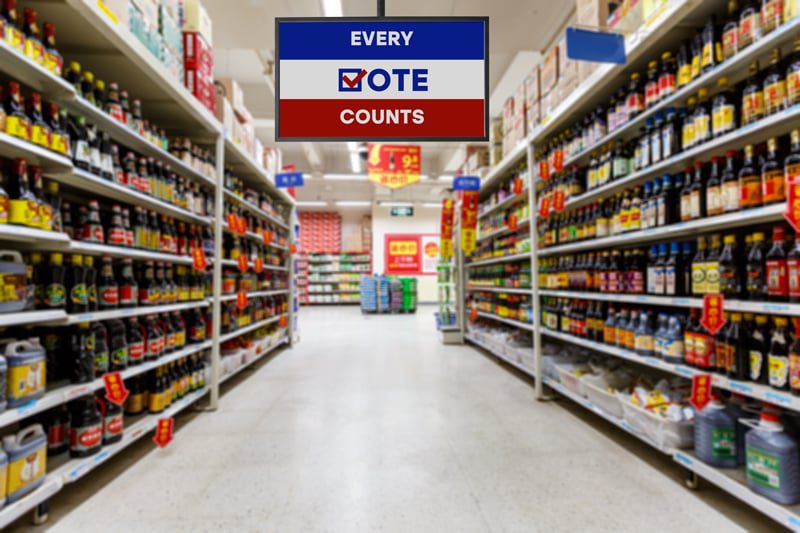Dwight Eisenhower introduced voters to television-based political advertising in 1952 when he was running for president. That was 70 years ago. Today, television advertising ranks as the #2 top choice for political ads, behind paid social media. After all, virtually everyone watches TV.
Except that they do it in really different ways now. And that affects the advertising landscape dramatically, not to mention costs.
Traditional TV is increasingly expensive
Cost to buy time on broadcast TV and cable continues to rise even though viewership is declining. For local candidates, the cost is higher because you’re likely paying for a much broader viewership than you need to reach.
Connected TV opens the door, affordably, with better targeting in and out of home.
Viewers are cutting the cord
They have moved to live streaming platforms in droves and the exodus continues. Viewers are able to watch live streams because they’re using a connected TV — not necessarily a television but any device with a screen that can connect to the internet.
Even before the pandemic, Nielsen reported that 84% of active local voters were using DVRs and live-stream video rather than watching traditional linear TV. Since many households now subscribe to multiple services, there is also an increased preference for free platforms. Folks say they would rather watch ads than pay for the service.
No less than 70% of persuadable voters subscribe to at least one ad-supported on-demand video service.
You don’t have to stay home to watch TV
Connected TVs are increasingly common outside the home, too. Voters can see your ads when they’re watching TV in their favorite sports bar or waiting at the airport to catch their flight.
No wonder CTV has become “a hot commodity” for political advertisers. The Trade Desk predicts campaigns will spend a third of their 2022 budget on CTV as the election cycle peaks.
Connected TV not only enables election advertisers to retain television as a top venue for showcasing campaign messages, it is an ideal component of omni-channel marketing.
- Knowing more about who has seen your ads means you can follow up with similar content directed toward their other digital devices. They will see your ad whether they’re at home or out and about.
- CTV ads that include a scannable QR code can also inspire immediate response from viewers to build engagement as well as re-targeting opportunities. (Wouldn’t you love your campaign to go viral the way Coinbase’s Super Bowl ad did? That’s PR money can’t buy.)
- You can also reinforce your campaign messaging by using static OOH billboards, street-level units, transit ads, etc. that are within the geographic parameters where CTV viewers are watching when they’re out of home (nearby their favorite sports bar or stadium, for example).
- Traditional OOH media placed throughout your district can broaden your message reach and frequency.
The advent of programmatic advertising — automated CTV ad targeting and display based on your demographic and geographic choices — makes using CTV simpler, faster, and easier. More than half of CTV ads are now purchased this way.
CTV delivers great ROI
Connected TV is not only more affordable than linear TV, it is more cost-effective.
- Rather than targeting shows that garner broadly relevant demographics, you can choose CTV placements with far greater targeting detail
- Advertisers can control ad frequency, too
- And tracking technology provides valuable viewer and performance data unrestricted by new digital ad limitations
As AdWeek notes, “With the right strategies for targeting and measurement, political campaigns can achieve a more granular level of detail when communicating with their voters and encouraging them to go to the polls. Real-time feedback can help campaigns to refine their messaging and improve their agility when specific tactics are falling short.”
Television advertising is crucial for political campaigns. Connected TV ads enable you to reach voters both in and out of home, cost-effectively.
Have an upcoming political campaign that you are looking to enhance with OOH? Download Part 1, Part 2 and Part 3 of our new political playbook series to help keep you ahead of your competition.
